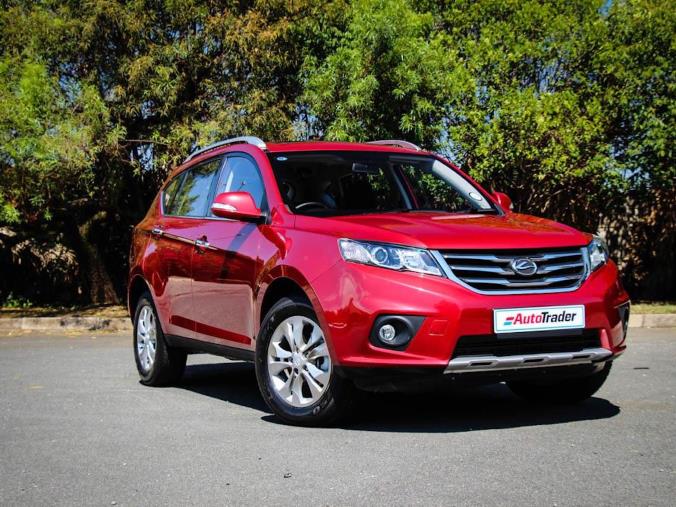Looking at how far Chinese cars have progressed in just the last decade, it’s easy to forget just how humbly they started out. In the early days, poorly copied versions of very dated machinery were the main meals on this take-out menu, but most Chinese manufacturers have since started to establish their own identities and styling directions. Of course, this only happened after the worst copying efforts were sent packing for home, leaving room for the better Chinese products to carve their own niches in the marketplace.
It seems to be working so far, because value-savvy buyers eventually recognised that they can get a lot of car for quite a lot less money than the “name-brand” manufacturers demanded, without compromising too much on style, performance and quality. The remaining Chinese brands have been working very hard to get their products more competitive, and frequently capitalise on well-developed hardware from respected suppliers to provide the oily bits for their offerings. JMC’s Landwind 5 is a good example of this approach.
Related: Our review of the Landwind 5 revealed some strong suits (and some strange weaknesses).
1. It has the heart of an Evo.
Just say the name “Mitsubishi Evo” to any motoring enthusiast, and their eyes will glaze over as they reminisce about one of the motoring world’s most adored rally-car-for-the-roads. Well, the good news is that the JMV Landwind 5 employs the same engine as the one that powered generations of Mitsubishi’s hero car, so it literally has the heart of an Evo. OK, it’s a severely detuned variation of the 4G63T turbo engine in the Landwind 5, and the electronic control software isn’t calibrated anywhere near as smoothly as it was in the Mitsubishi, but the hardware pieces are all there.
In this application, the 4G63T produces only 140 kW and 250 Nm, but there’s a lot more to be found just by tinkering with the software. It’s probably only matter of time before some tuning shop releases a 200 kW/400 Nm upgrade for the Landwind 5, which is why it’s good that there’s some respectable hardware downstream to handle such a power upgrade as well...
Related: Chinese cars are usually very simple to maintain, such as the easy operation to replace a Landwind 5's headlamp bulb.
2. Getrag supplies the manual gearbox.
One of the most well-regarded transmission experts supply the transmission to get the 4G63T’s power to the front wheels. The standard 6-speed manual gearbox is sourced from Magna PT (formerly known as Getrag), who also provides cog-boxes for such luminaries as the BMW, Daimler AG and the VW Group.
It is unclear who supplies the automatic gearbox for up-spec Landwind 5s, but given its 8-speed configuration and transverse application, the chances are that this unit may come from either Aisin or BorgWarner, both of whom have massive manufacturing facilities in China. In short, the Landwind 5 may be a parts-bin special, but there are some pretty accomplished parts in that bin.
Related: What exactly changed during the Landwind 5's recent model update? We've got the details here.
3. It’s a very strong value proposition.
When we recently pitched the entry-level Landwind 5 against two well-regarded opponents (the Renault Duster and Haval H6), it came out on top, based on its performance potential, spacious cabin, and good standard spec sheet. This also applies to the high-trim Landwind 5 variant, where the automatic “Flagship” variant offers buyers such niceties as electric adjustment for its leather seats and a touchscreen infotainment system – all for less than R 310 000. That’s a very well-stocked spec sheet, which makes for a surprisingly competitive vehicle.
Yes, there are some compromises (the hard plastics used all over the cabin, refinement levels, and fuel consumption), but there’s still no denying that you’ll get a lot of (usually) optional equipment as standard. If value for money is a prime consideration in your next family vehicle, the JMC Landwind 5 certainly warrants a second (or even a third) look.
Related: How does the JMC Landwind 5 compare to the Renault Duster and Haval H6? Read our verdict here.
*Pricing was accurate at the time of writing, but may change without prior notice.
Recommended next:
Bowled over by the Landwind 5's strong value proposition? Find your new or used one in our listings.




